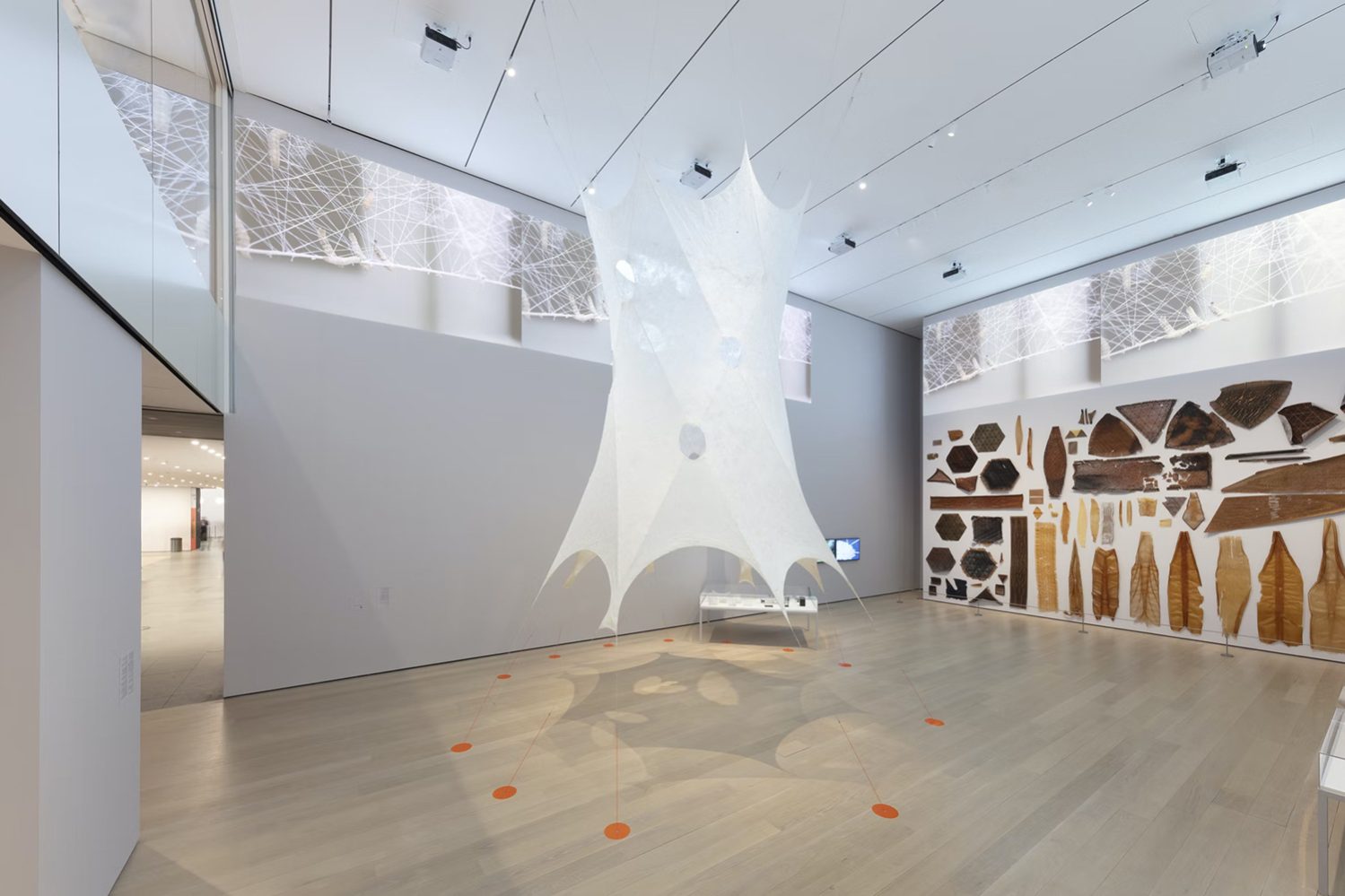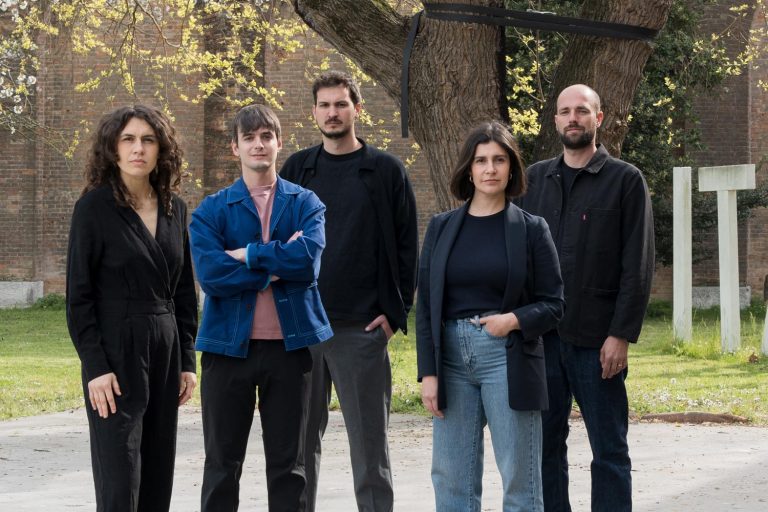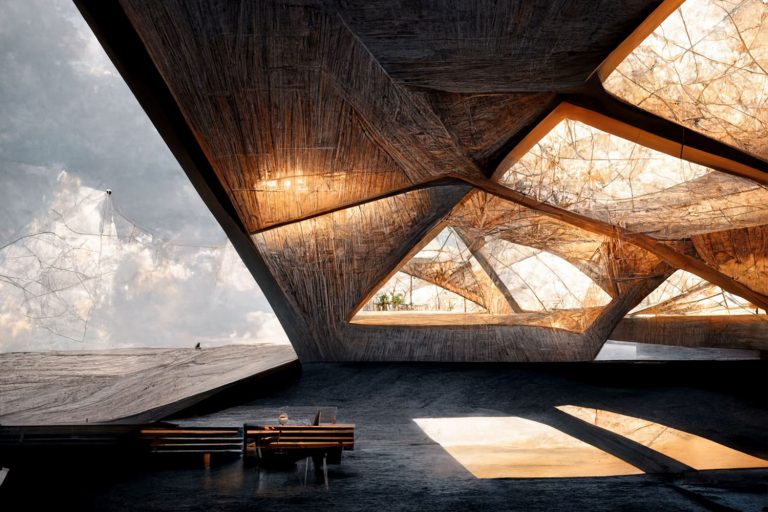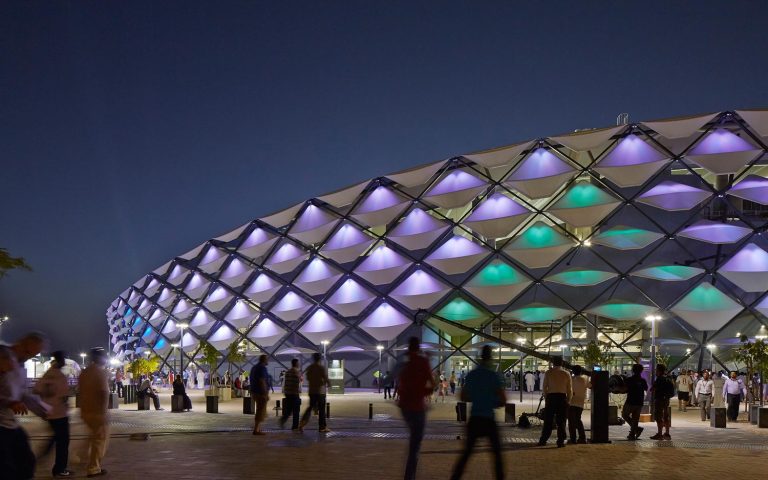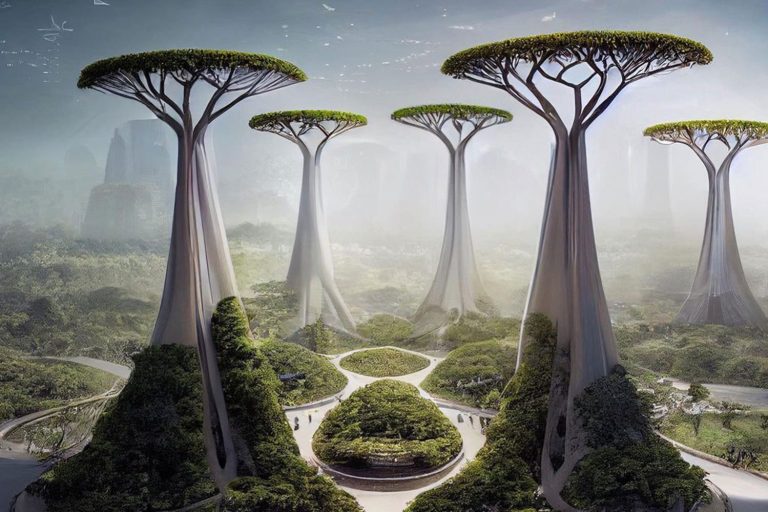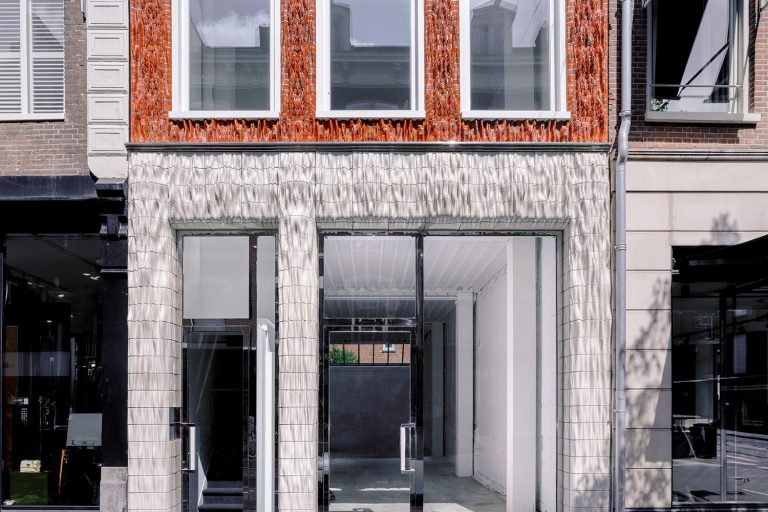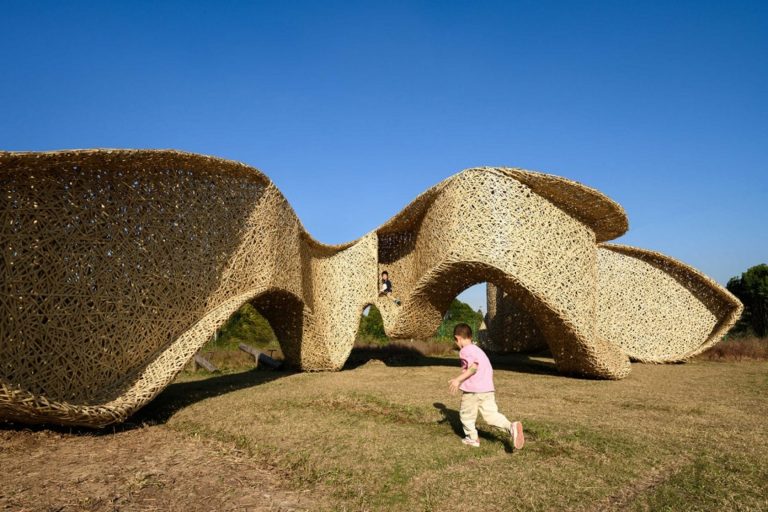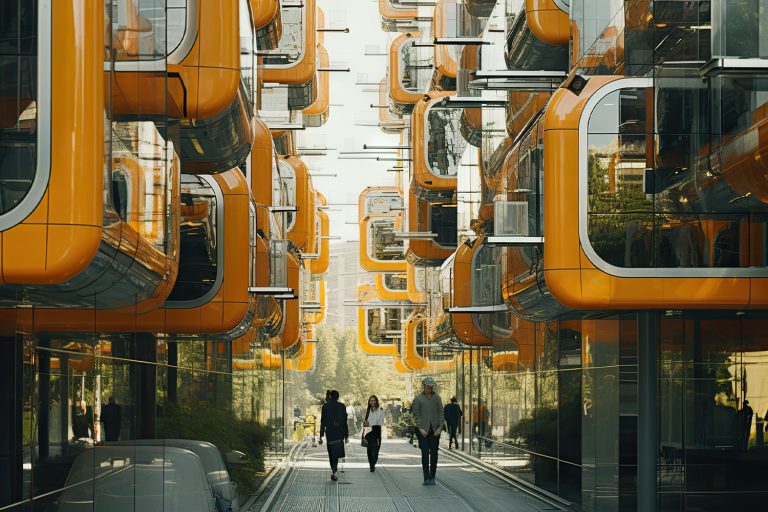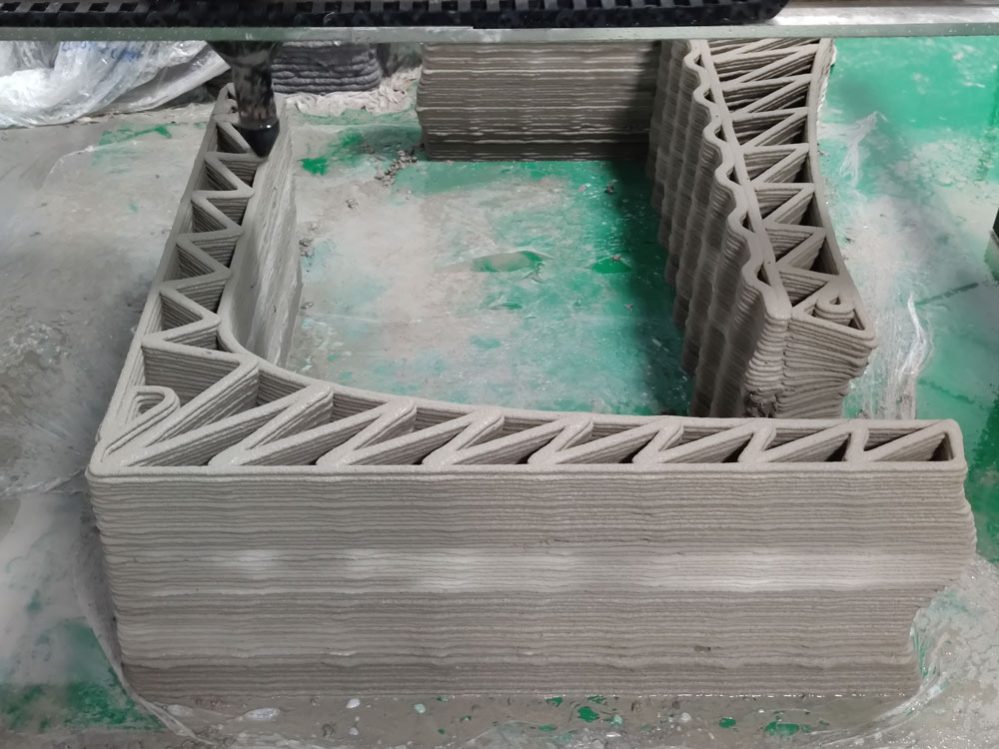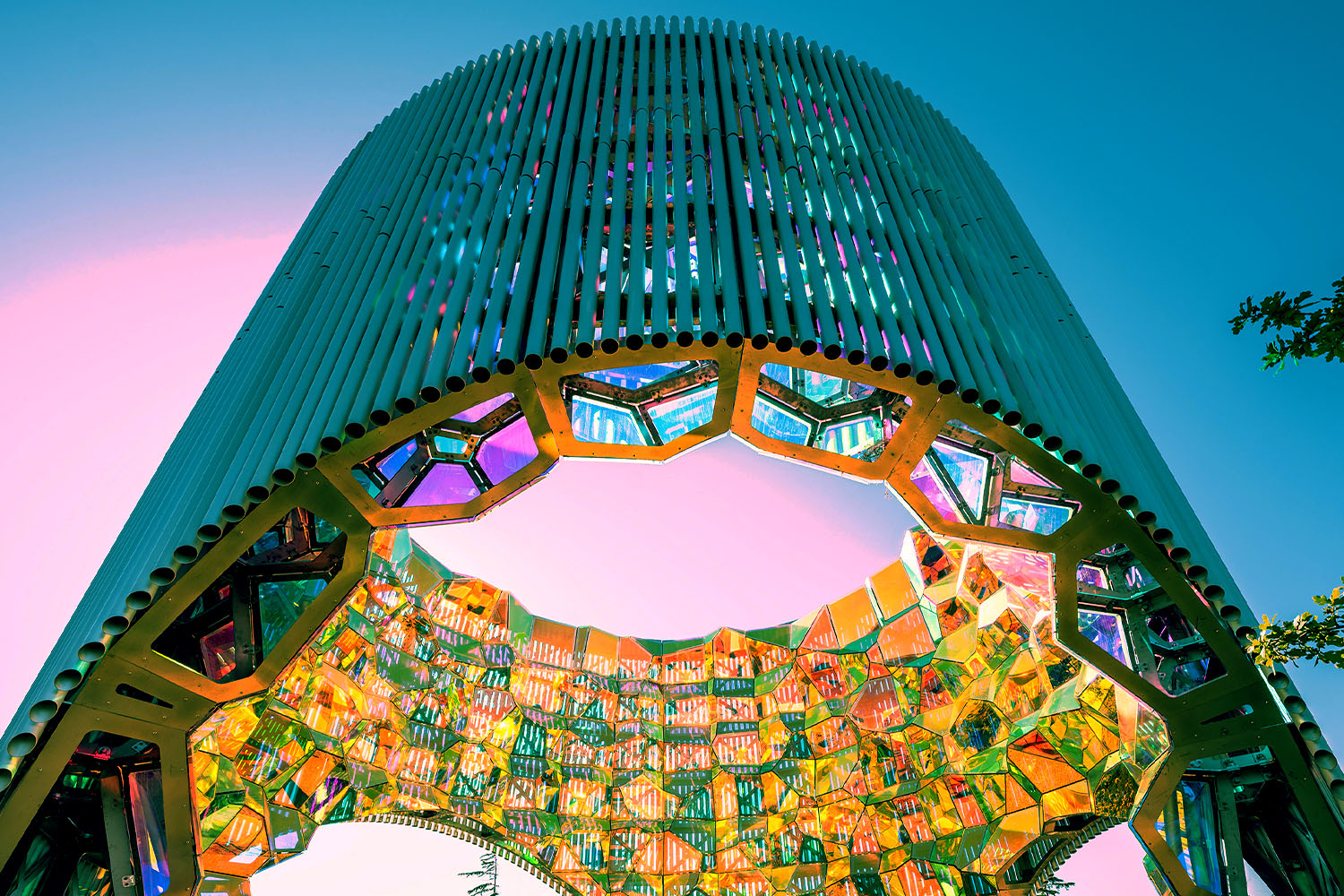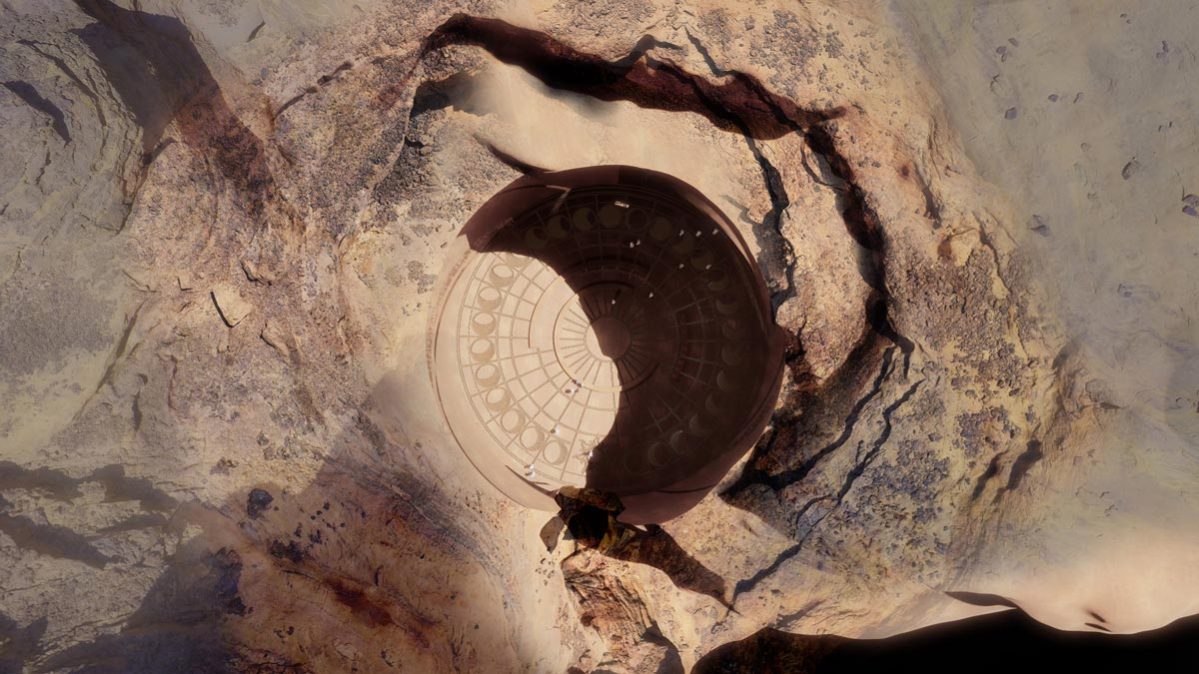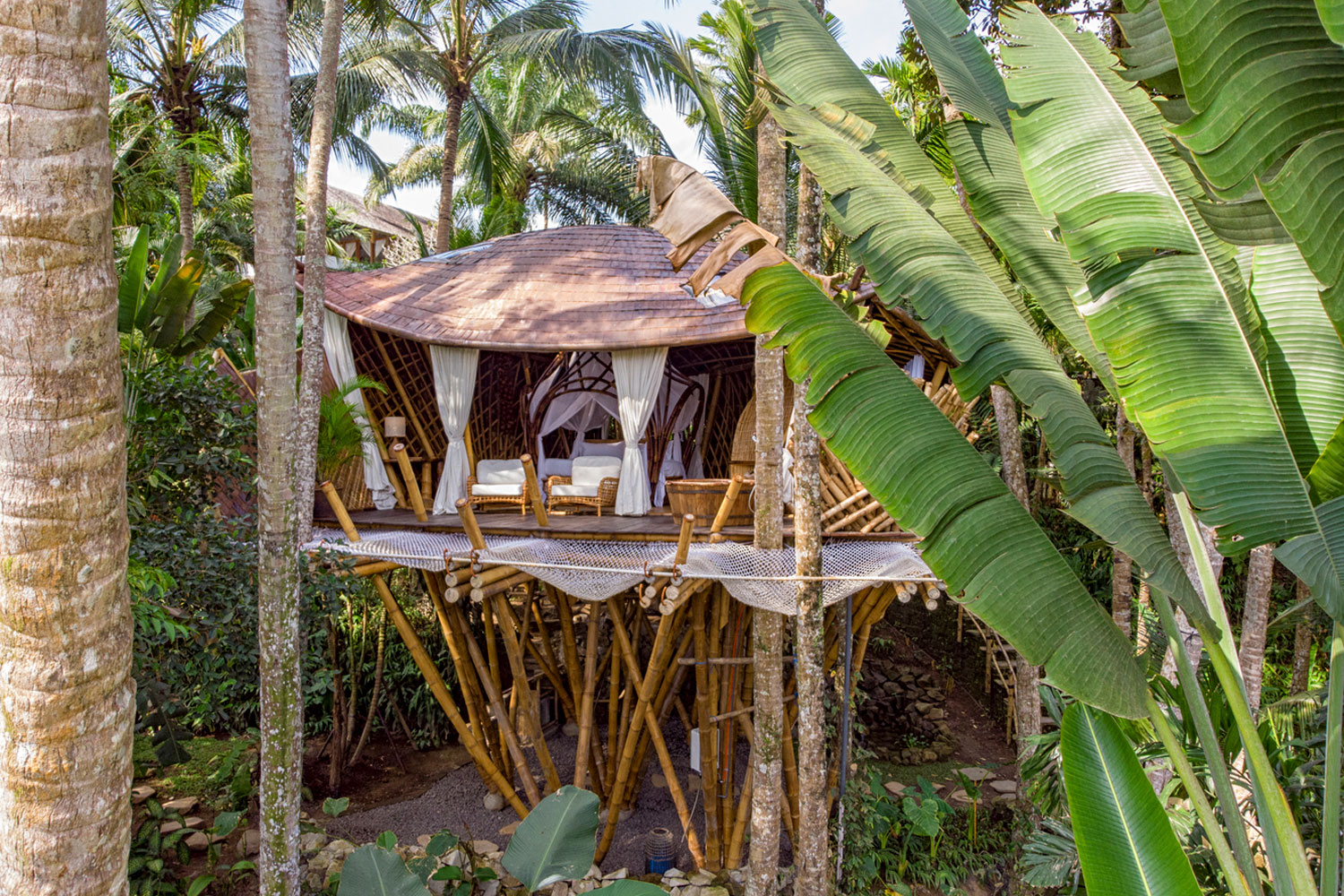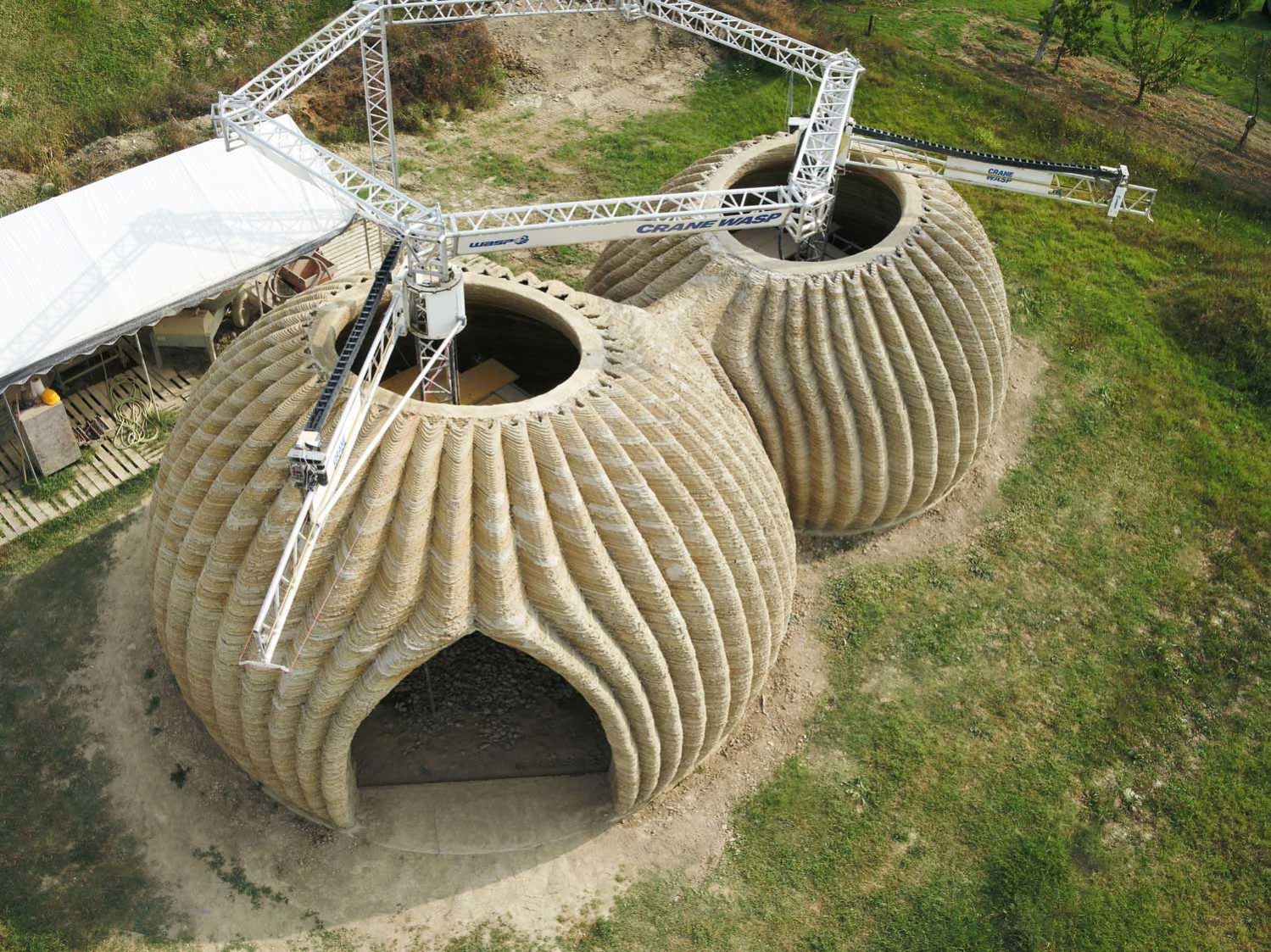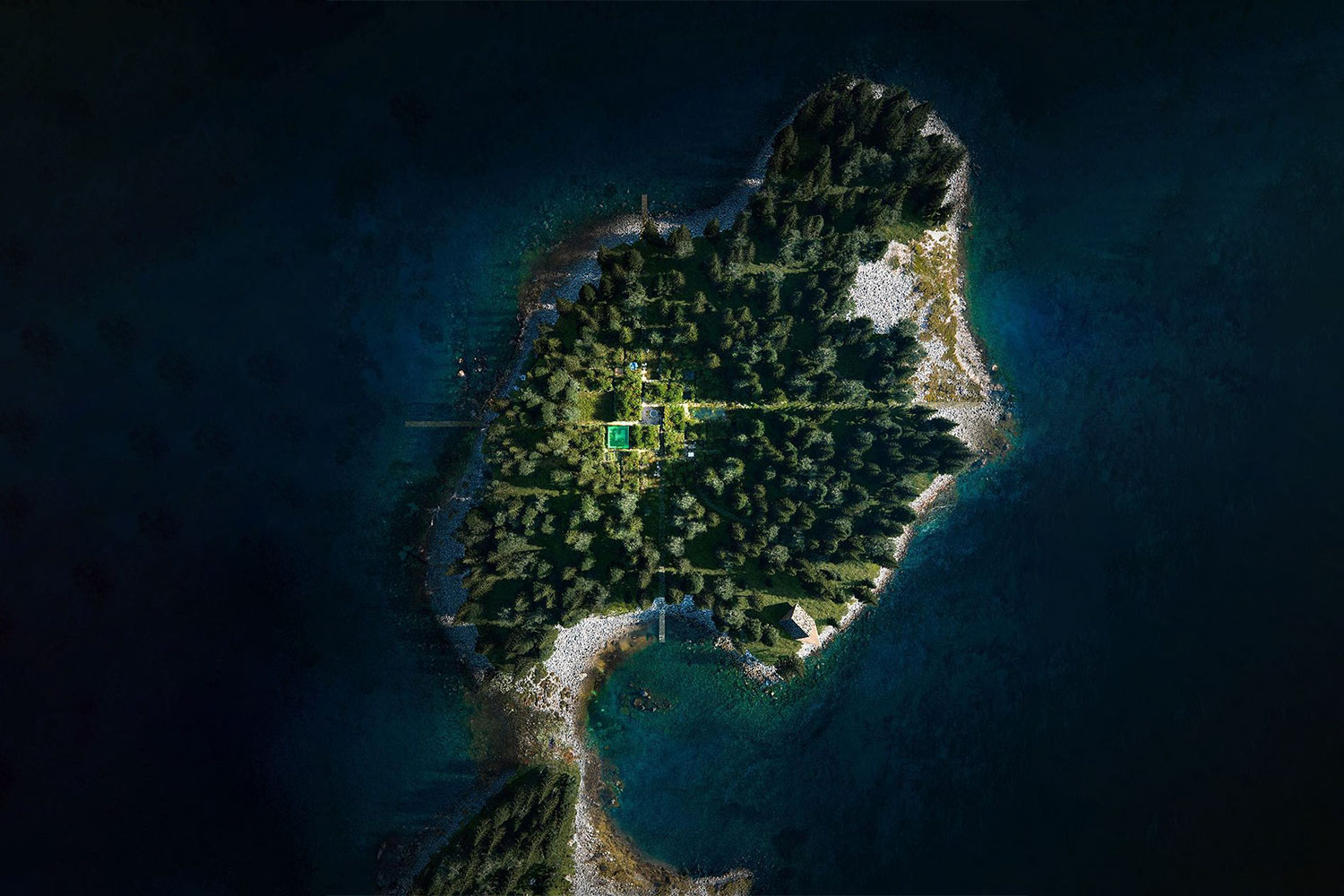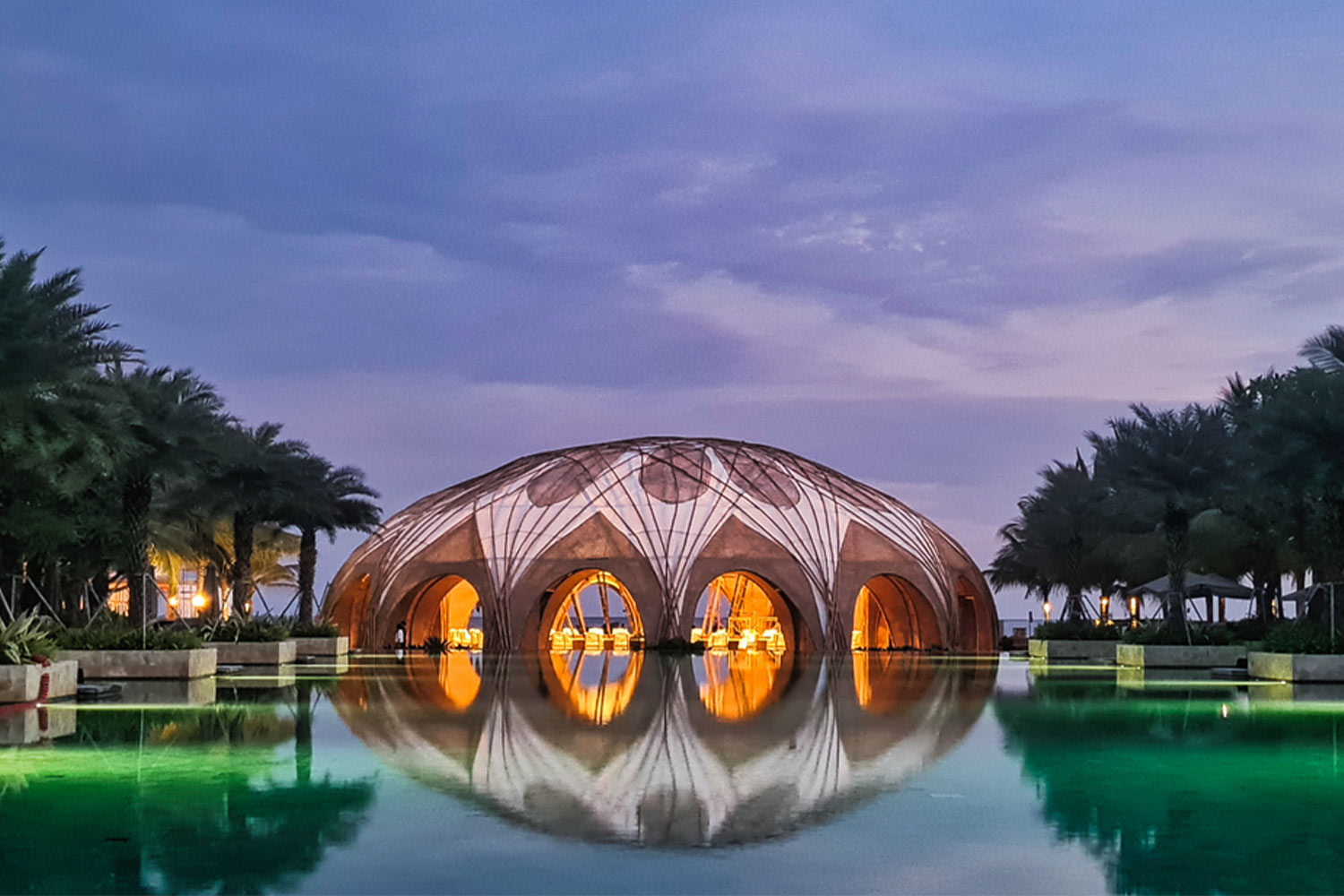
In the Material Ecology Exhibition at MoMA in 2020, Neri Oxman‘s Silkworm-Spun Pavilion II, a thriving nature-centered idea and design, examined how people might advance technologically without endangering nature by using the specific example of silk extraction. The main questions that led the process:
What are radically sustainable methods for spinning, weaving, making and building in the age of the Anthropocene?
How can humankind and members of other species such as silkworms collaborate in the construction of objects, products, and buildings?
Can we extract silk without boiling cocoons?
How can we extract silk without boiling cocoons? What are the implications for sericulture, manufacturing and bio-digital design?
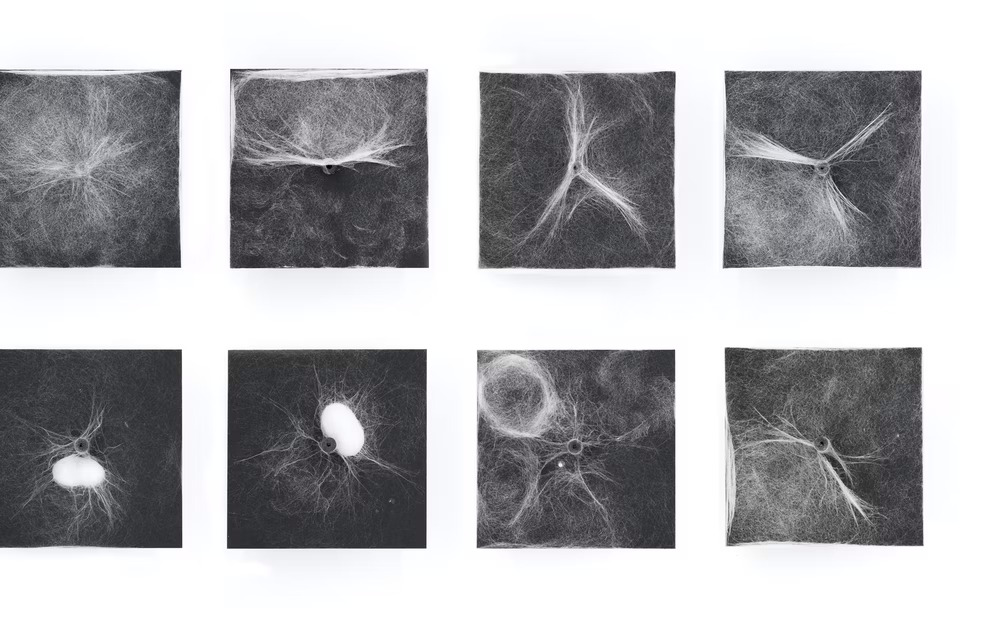
Silkworm-Spun Pavilion II is a six-story structure with a five-story footprint. This project, which builds on the work done for Silk Pavilion I, aims to address the issues of size and sericulture. Integrating technology and biology, the idea employs an integrated kinetic mandrel to control the natural spinning motion of the silkworms via clockwise rotation.
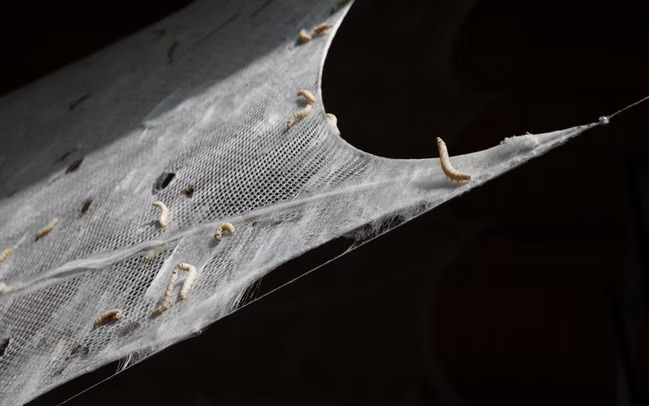
Weaving silk strands that stretched as far as the globe’s circumference took 10 days of a collaborative effort between silkworms, humans, and a robotic jig. The mandrel was able to rotate continuously clockwise in the Pavilion because of mechanical top-down kinetic manipulation, making it easier for the silkworms to go higher while spinning. Local environmental elements such as the direction, duration, and intensity of heat and light, as well as the topology of the kinetic hyperboloid meant to govern the movement of silkworms, influence fiber density throughout the structure’s surface area. The movement and spinning of the silkworms, and the consequent thickness of the silk layer, may be affected by several variables.

The core structure of the Silkworm-spun Pavilion II and the soluble knit scaffold are stretched by a cable system, and the intermediate knit yarn layer serves as a support for the silkworms because of its physical qualities. In order to relieve some of the tensile tension, chemical interactions between the silkworms’ excretions and the underlying thread produce holes. The ‘metabolic imprint’ of the silkworms’ fluxes and flows may be seen in these structural forces.
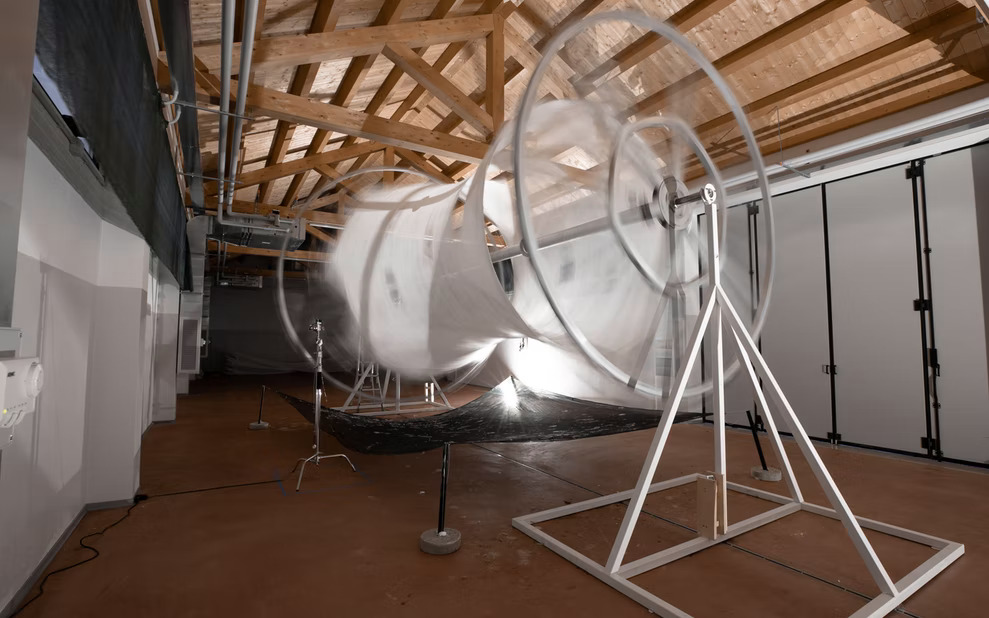
There are three distinct strata to the Pavilion’s construction. One-dimensional, braided steel-wire ropes make up its core construction. Silkworms are placed on a two-dimensional fabric in their secondary structure. 17532 silkworms from one of Europe’s most comprehensive silkworm breeding facilities, Teolo, were used to produce the three-dimensional tertiary structure. During the 12th century Renaissance, silk and sericulture flourished in this area of Veneto.
The Project By Numbers
The total number of silkworms placed on kinetic jig: 17532
The number of jig rotations: 15000
The total length of combined silk threads: 7240 MI

Animal welfare and animal rights groups have attacked sericulture since the larvae are killed during the process of extracting silk from the cocoon. Modern silkworm extermination destroys the adhesive that holds individual silk strands together when in their cocoons, a practice widely used in the textile and silk industries today. One silk strand may be removed from the cocoon using this method, but it disturbs the organism’s life cycle and growth.
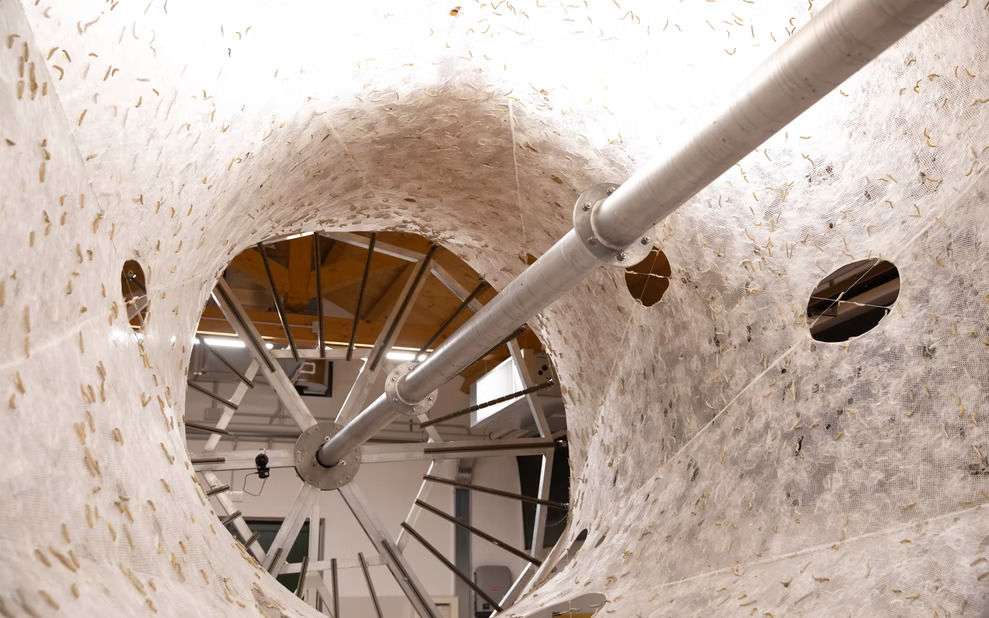
The Silk Pavilion illustrates that structures may induce silkworms to spin in sheets instead of cocoons, creating the same amount of silk without boiling cocoons. Co-fabrication for cohabitation is embodied in the project, which shows how these tiny and distinct insects can collaborate with people to design and build architectural-scale buildings. Many people are aware of the problems with silkworm farming because of domestication, breeding, and the exploitation of animals. However, we hope that the research that underlies our work will motivate many more to rethink the 7,000-year-old policy of sericulture in general.
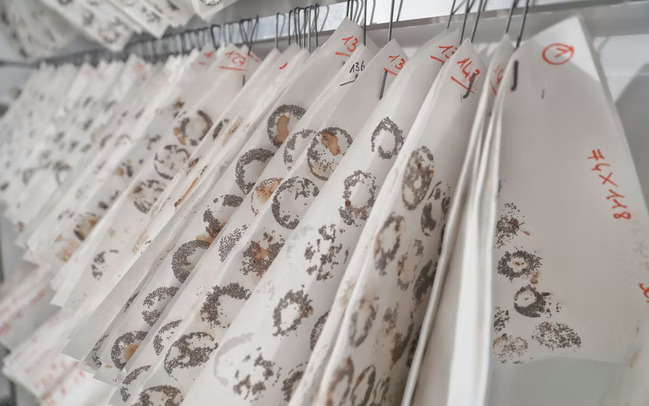
Project Team:
Year: 2020
Location: MoMA. 2020. New York
Platform: Co-fabrication
Research team: João Costa, Christoph Bader, Sunanda Sharma, Felix Kraemer, Susan Williams, Jean Disset, Nitzan Zilberman (curation). Undergraduate researcher: Sara Wilson. Prof. Neri Oxman
Collaborators & Contributors: Davide Biasetto, Il Brolo Società Agricola SRL, Padua; Levi Cai; Silvia Cappellozza and Alessio Saviane, Council for Agricultural Research and Agricultural Economics Analysis (CREA-AA), Bologna; Natalia Casas; Kelly Egorova; Fiorenzo Omenetto, Tufts University; Sol Schade, Advanced Functional Fabrics of America (AFFOA); James C. Weaver, Wyss Institute, Harvard University; Bodino; Front Inc.; The Robert Woods Johnson Foundation; MIT Media Lab
Commissioned by The Museum of Modern Art for Neri Oxman: Material Ecology
Organized by Paola Antonelli and Anna Burckhardt
All images and videos courtesy of Neri Oxman and The Mediated Matter Group
















